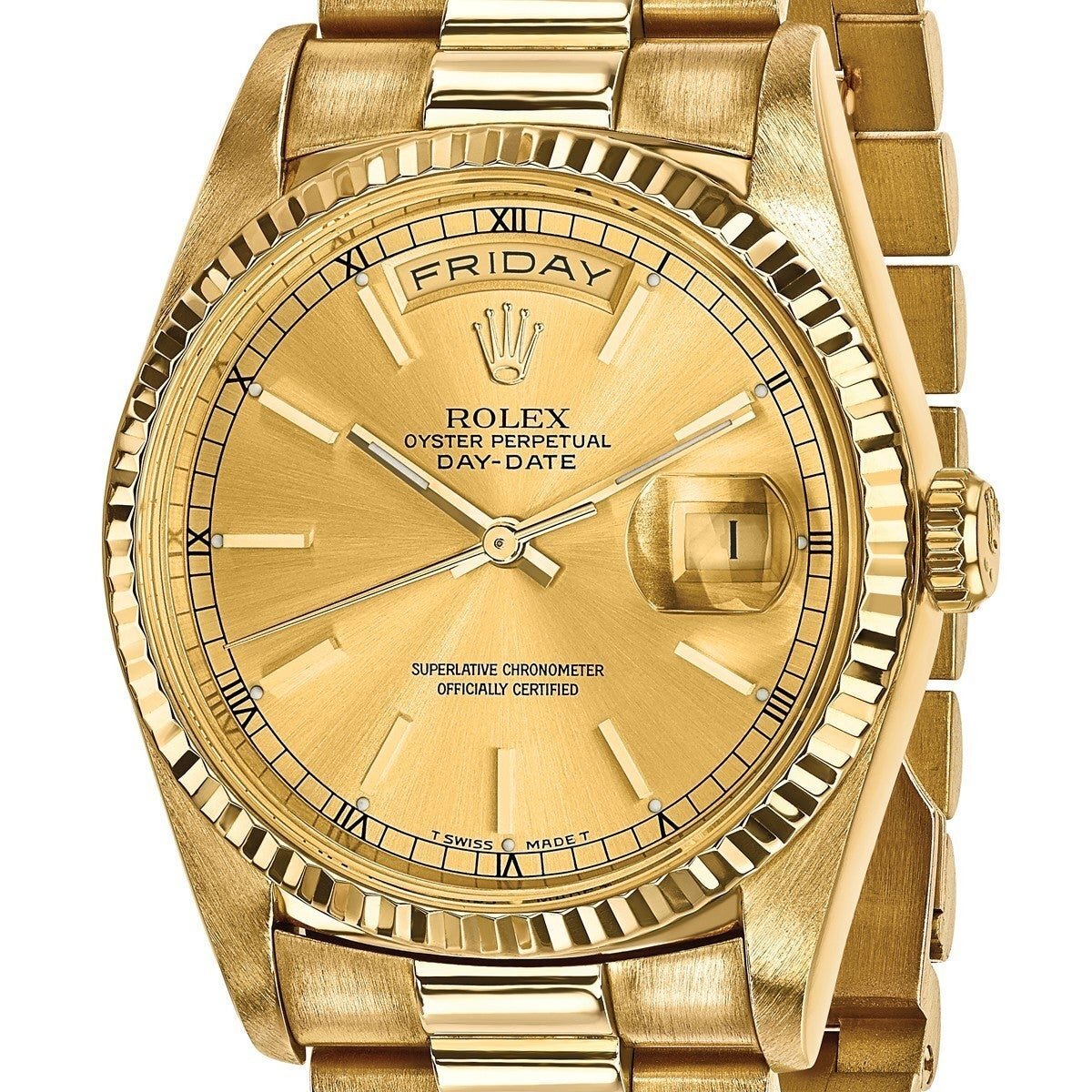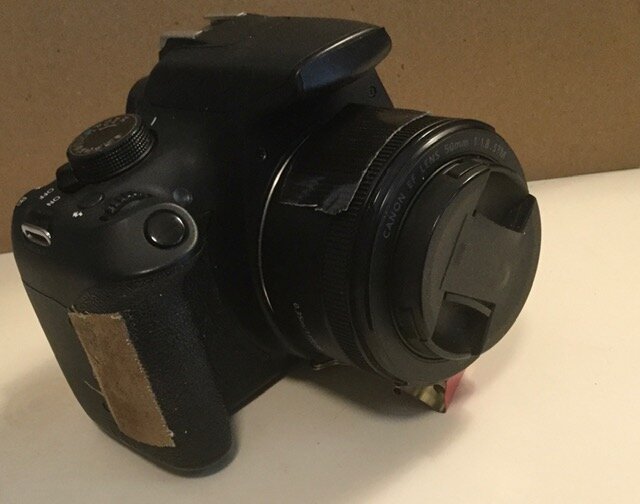Most cultural photography takes places on streets, plazas, squares, markets of towns and cities. Many of them packed with tourists, many of them packed with locals.
Carrying expensive photographic gear day and night in countries like Honduras, Belize, or Peru is risky. I have to say I have never had a problem getting robbed of my equipment in third world countries and I hope that will continue to be the case. The only place I have been robbed was in the Netherlands, a first world country. There you have it.
Almost anywhere in the world where I go I stand out. In Latin American countries I am obviously a güero (Mexico), canche (Guatemala), chele (Nicaragua), macho (Costa Rica), or gringo hdp nearly everywhere.
I carried a big Canon 7D Mark II with a 24-70mm lens on all of my photography outings in more than 20 countries since I started this. A big camera. A big investment. A target for would be thieves because it looks flashy and expensive. What to do, what to do.
Here are my rules for maintaining a low profile when doing my cultural photography.
No bling, no watches, no chains, no fashion. These accoutrements, particularly gold, are flashing beacons for miscreants.
Do you need a Rolex when youre out photographing the Eiffel Tower? No.
Nothing you would wear at a tailgate: no cargo shorts, no flip flops, no loud football jerseys, no foam fingers, no loud kicks. Khakis or jeans, collared shirts, regular footwear attract zero attention.
Never, ever use the manufacturer’s neck/shoulder strap with its loud logo or model number. Who are you trying to impress anyway? Also they are brutal on your neck and shoulders after a few hours. Opt instead for a cross shoulder strap. I wear one over my shirt and under a light SCOTTeVEST with the camera well protected and ready to swing into action at my hip.
Would you steal this?
Make your camera look undesirable by applying tape to cover the logos, words, model names, etc. Black electrical tape works for this purpose. Also adding white cloth tape over non functional parts of the camera. It gets dirty. Final result is a camera that looks old and broken.
Limit lens changing in the street and limit the lenses you carry. For street photography I take a go to lens (24-70) and a wide angle for cityscapes. When changing lenses try to do it in the shadow of a building or doorway.
Put your camera on the quietest mode possible. I have a Sony mirrorless that is absolutely silent!
For street shooting practice and continue to practice shooting from the hip, that is not lifting the camera to your face. It takes a while to get this down right. Some cameras, like my Sony A6600, have retractable screens that you can look into while shooting from your chest or stomach. It looks like your futzing with the camera.
Nothing to do with how you look but I always carry small bills for tips, crayons for kids, cigarettes in places where there are a lot of smokers. These are ice breakers.
Finally, awareness and comportment: watch were you are going, keep an eye on the goings on, smile, don’t be rude, don’t be loud, don’t be critical, ask questions, take an interest, engage in conversations, appreciate, and enjoy yourself.
Me, I love what I do which is to spend hours aimlessly walking streets of villages, cities, and towns. I know I attract attention simply by walking around; but I also know that my dress, comportment, and interaction with people does allow me to blend or at least become a less desirable target.


